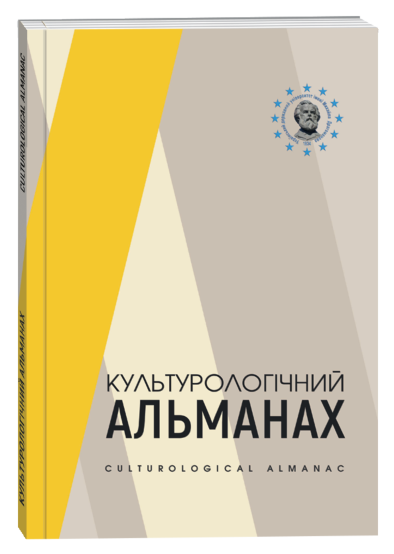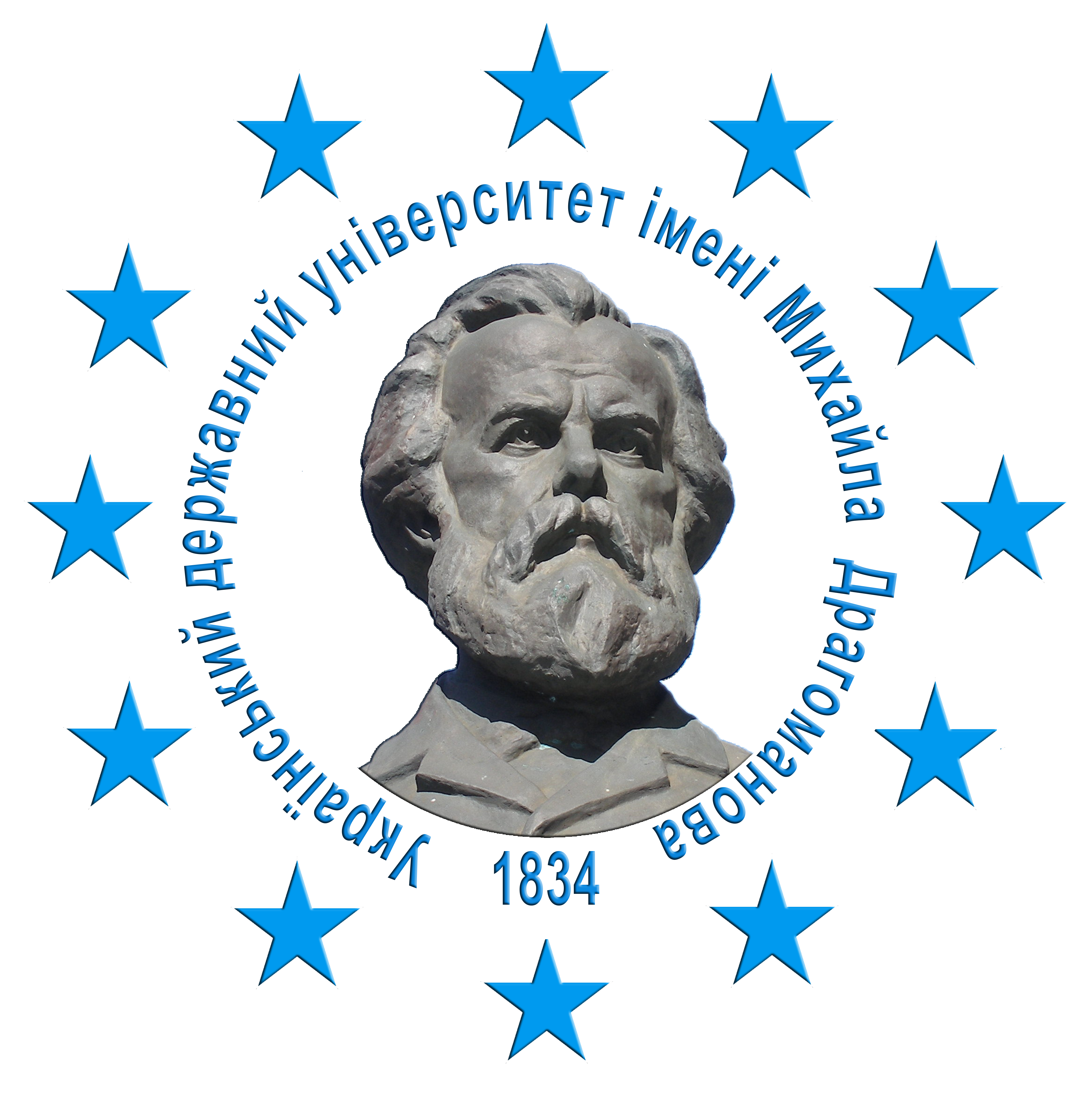BIOENGINEERED POST-HUMAN: SCIENCE FICTION FORECASTS AND SOCIAL-PHILOSOPHICAL REFLECTIONS
DOI:
https://doi.org/10.31392/cult.alm.2025.1.28Keywords:
man, society, values, biotechnology, transhumanism, cyborg, imaginary experiment, scientific forecastingAbstract
The relevance of the research is due to the unceasing development of bioengineering technologies and robotics, which not only give reason to talk about a new scientific and technological revolution, but also become the subject of reflection in philosophical discussions and works of art, in particular in the genres of science fiction, utopias and dystopias, neo-noir, etc. The authors of such works reflect the main trends that are manifested in the development of these technologies, and try to predict the further steps of mankind in these directions. The purpose of the research is to identify and socio-philosophically analyze the works of science fiction, in the plots of which the scientific and technical perspectives and social consequences of the creation of a post-human by means of bioengineering technologies are understood. The hypothesis of the research consists in treating the works of science fiction as imaginary experiments that can be included in the prognostic analysis of the possible consequences of the introduction of certain technologies. Those works that talk about technologies aimed at “improvement”, “improvement” of human nature (according to the ideas of transhumanism), in particular, through bioengineering technologies or cyborgization, deserve special attention. The results of the study showed that the peculiarity of such works is that their authors always try to show that, having received an “improved” body, a person does not become happier, more self-confident, more capable of self-realization. New opportunities and abilities appear in a person, but they do not give a feeling of a full life. Therefore, a number of questions arise: Do such technologies need to be widely distributed? Does everyone need them? And if not to everyone, then to whom and in what cases? Is it necessary to aim for a complete replacement of the human biological body with an artificial one? The search for answers to these questions should be carried out in accordance with the basic values of the socio-cultural existence of humanity, the existential and mental foundations that have allowed humanity to survive and develop for thousands of years.
References
Білоус, М. В., Усанова, Л. А. (2019). Трансгуманізм як знецінення людяності. Філософські обрії, № 42, С. 171–175.
Горбатюк, А. Ю. (2023). Феномен технокультури в контексті трансгуманізму: взаємодія між людством і технологіями. Культура і сучасність: альманах, № 2. С. 22–26. DOI: 10.32461/2226-0285.2.2023.293739.
Капустіна, Н., Попсуєнко, Л. (2019). Трансгуманізм як проєкт покращення людини: філософсько-етичний вимір. Юридичний вісник, № 2. С. 94–99.
Міхайліна, Т. В., Довгань, Б. В. (2021). Реалізація концепції трансгуманізму як передумова виникнення нової форми дискримінації: правовий аспект. Право і суспільство, № 5. С. 194–200. DOI: 10.32842/2078-3736/2021.5.26.
Прокопович, Л. В. (2022). Зворотний бік «ефекту Франкенштейна». Перспективи. Соціально-політичний журнал, № 3, С. 69–73. DOI: 10.24195/spj1561-1264.2022.3.10 .
Прокопович, Л. (2023). Проблематика емоційного інтелекту в соціальній фантастиці. Науково-теоретичний альманах «Грані», Том 26, № 1, С. 94–99. DOI: 10.15421/172315.
Прокопович, Л. В. (2024). Проблематика морально-етичних меж біотехнологій в контексті антиутопій. Перспективи. Соціально-політичний журнал, № 3. С. 125–130. DOI: 10.24195/spj1561-1264.2024.3.15.
Bostrom, N. (2005). A History of Transhumanist Though. Journal of Evolution and Technology, Vol. 14(1), April. DOI: 10.1.1.98.7951.
Fereidoun, M. (1989). Esfandiary (FM-2030). Are You a Transhuman? Monitoring and Stimulating Your Personal Rate of Growth in a Rapidly Changing World. Warner Boors: 227 p.
Guerreiro, J., Loureiro, S.M.C., Romero, J., Itani, O.S. & Eloy, S. (2021). Transhumanism and Engagement-Facilitating Technologies in Society. Journal of Promotion Management, Vol. 28(5). P. 537–558. DOI: 10.1080/10496491.2021.2009615.
Hughes, J. (2010). Contradictions from the Enlightenment Roots of Transhumanism. Journal of Medicine and Phi- losophy, 35. P. 622–640. DOI: 10.1093/jmp/jhq049.
Kamensky, E. G. & Boev, E. I. (2015). An Innovation Civilization in the Context of the Anthroposphere Crisis of the Technogenic Society. Asian Social Science, Vol. 11, № 4. P. 328–335. DOI: 10.5539/ass.v11n4p328.
Koch, Tom. (2010). Enhancing Who? Enhancing What? Ethics, Bioethics, and Transhumanism. Journal of Medicine and Philosophy, November, 1. P. 1–15. DOI: 10.1093/jmp/jhq051.
Kull, A. (2001). The cyborg as an interpretation of culture-nature. Zygon, vol. 36, № 1. P. 49–56.
Porter, Allen. (2017). Bioethical and Transhumanism. Journal of Medicine and Philosophy, Vol. 42, P. 237–260. DOI: 10.1093/jmp/jhx001.
Prokopovych, L. (2021). Reflecting the theatralization of life in the prospects of transhumanism. EUREKA: Social and Humanities, Vol. 4, P. 3–8. DOI: 10.21303/2504-5571.2021.001972.
Shields, R. (2006). Flânerie for Cyborgs. Theory, Culture & Society, Vol. 23(7-8), P. 209–220. DOI: 10.1177/0263276406069233.
Tennison, M. (2012). Moral Transhumanism: The Next Step. Journal of Medicine and Philosophy, Vol. 37. P. 405–416. DOI: 10.1093/jmp/jhs024.
Thompson, Joel. (2017). Transhumanism: How Far Is Too Far? The New Bioethics, P. 1–18. DOI: 10.1080/20502877.2017.1345092.
Tirosh-Samuelson, Hava. (2017). Technologizing Transcendence: A Critique of Transhumanism. Religion and Human Enhancement, P. 267–283. DOI: 10.1007/978-3-319-62488-4_16.








